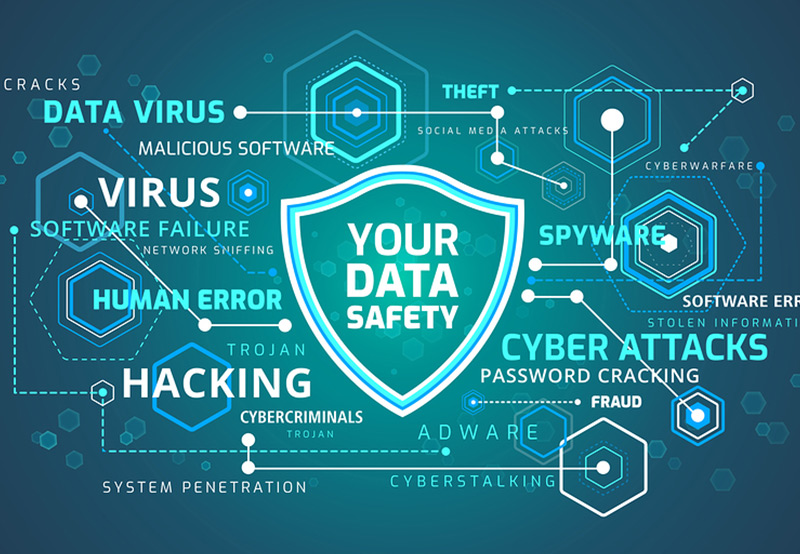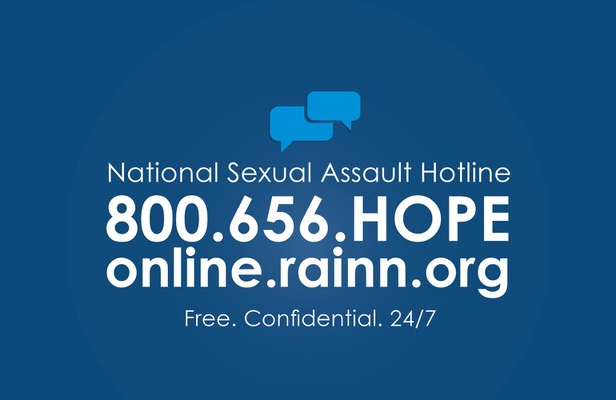A collection of sources to help protect parents and children
Terminology and tools in order to help protect you and your family
A list of helpful videos to help expose the reality of Internet crimes

The SVICAC Vigilant Parent Initiative is geared towards educating the community, especially parents, on basic social media and technology how-tos, prevention, awareness, and knowing how to talk to their child about protecting themselves online.
In today's technological world, the Internet is a lifeline for most. While it has enhanced the lives of many, it also has made innocent people, especially children, easy targets for predators. The Internet has become a place where predators can reach innocent children without many of the risks of getting caught if they were to target them in person. Every year children are starting to use the Internet and computers at a younger and younger age.
Children are oftentimes trusting, naive, curious, and eager for attention, making them more vulnerable to predators who will target them online in order to take advantage of them. According to the National Center for Missing and Exploited Children, less than 5% of parents are aware of online sexual exploitation and even fewer think their child is at risk. It is important for parents, law enforcement and society as a whole to know of the dangers children face on the Internet and how to reduce the risks of being victimized.
(9-17-years-old) have shared their own self-generated explicit photo
Source: Thorn October 2022 Report: Self-Generated Child Sexual Abuse Material
(9-17-years-old) reported they had seen nonconsensually reshared self-generated explicit content
Source: Thorn October 2022 Report: Self-Generated Child Sexual Abuse Material
were first exposed to explicit content before the age of 13
Source: Common Sense Media 2022 Report: Teens and Pornography

The National ICAC Task Force Program was created to help State and local enforcement agencies enhance their investigative response to offenders who use the Internet, online communications systems, or other computer technology to sexually exploit children. The program is currently composed of 61 regional Task Force agencies and is funded by the United States Office of Juvenile Justice and Delinquency Prevention.
Predators utilize the Internet and social media applications to sexually exploit children.
There is a growing trend in which predators utilize the Internet & social media to request, produce, and obtain illicit images of children.
Child predators often create fake personas to communicate with youth for the purposes of sexual gratification and exploitation.











